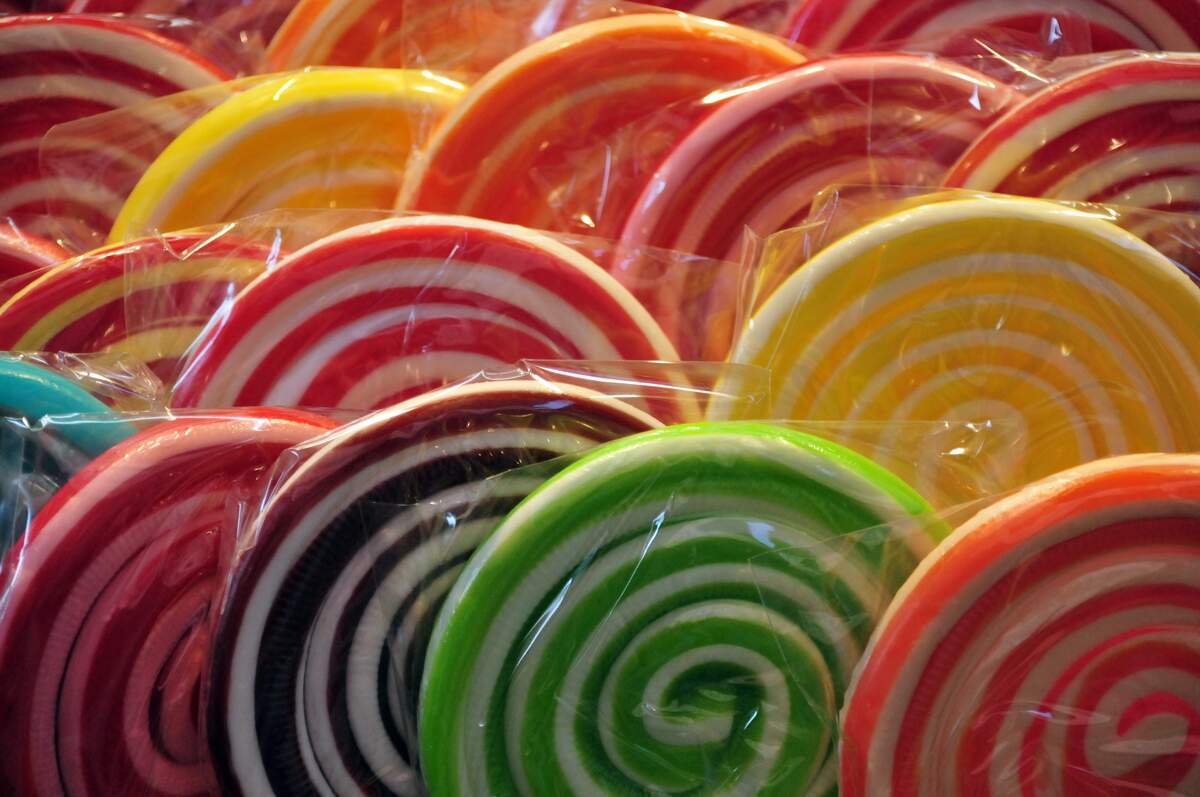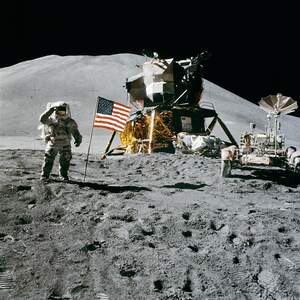

National Lollipop Day
Observed
annually on July 20th
Dates
Founded by
Tags
Food & Drink
Snacks & Desserts
Hashtags
Sources
https://blog.thenibble.com/2018/07/20/food-history-the-lollipop/
https://foodimentary.com/2018/07/20/july-20th-is-national-lollipop-day-2/
https://web.archive.org/web/20100913083205/https://candyusa.com/FunStuff/content.cfm?ItemNumber=987
https://www.candyfavorites.com/shop/catalog-lollipop-history.php
https://www.punchbowl.com/holidays/national-lollipop-day
Lollipops, often known as suckers, are celebrated today with National Lollipop Day. Nowadays they may be made with simple ingredients like sugar, corn syrup, water, and a flavoring, but the ingredients of their forerunners may have been even simpler: during the time of early people, honey was collected from beehives with sticks and the excess honey was eaten off them. Later, ancient Egyptians, Chinese, and Arabs made confections with nuts and fruit that were candied with honey and placed on sticks. In Europe during the Middle Ages, boiled sugar hard candy was placed on sticks, and was eaten by the wealthy, who could afford sugar. By the seventeenth century, sugar was more affordable, and a wider array of English citizens were eating boiled sugar hard candy. These confections might be considered to be lollipops, but they didn't yet have the name.
In the early twentieth century, the owner of the McAviney Candy Company used sticks to stir boiling hard candy and brought the candy-covered sticks home afterward for his kids to enjoy. In 1908, he began marketing the sticks as their own candy item, calling them "used candy sticks." That same year, the Racine Confectionery Machine Company introduced a machine that could put hard candy on sticks. The machine could make 2,400 in an hour. Similarly, in around 1912, Samuel Born, a Russian immigrant, invented a machine that put sticks into candy, known as the Born Sucker Machine.
One of the most important events in the development of the lollipop in the early twentieth century took place in New Haven, Connecticut, in 1908, when George Smith of the Bradley Smith Company came up with the name Lolly Pop, naming the hard-candy-on-a-stick confection after his favorite racehorse of the same name. The first Lolly Pops at the Bradley Smith Company were made by hand, but a machine to insert the sticks into candy was soon created. At first, 125 Lolly Pops could be made in a minute, but before long this was increased to 750. The first Lolly Pops cost a penny each and were distributed around the world. In 1931, the name "Lolly Pop" was registered with the United States Patent and Trademark Office. (Interestingly, the words "lolly pop" can be translated to "tongue slap" in England, and there is some indication that the name predates George Smith and stems from this.)
Today "lollipop" is a generic term for hard candy on a stick. Since their start in the early twentieth century, lollipops have been made into various shapes, embedded with flower designs, inscribed with expressions, and merged with other candies—Tootsie Pops being an example. Tootsie Pops are a prominent brand of lollipops still around today, as are Charms Lollipops, and Dum Dums and Saf-T-Pops, both made by the Spangler Candy Company. These brands and many others are celebrated today with National Lollipop Day!
How to Observe National Lollipop Day
Have some lollipops! Pick some up at a candy store or make your own. You could also order some from the Spangler Candy Company, or even plan a trip to their Store and Museum.





















